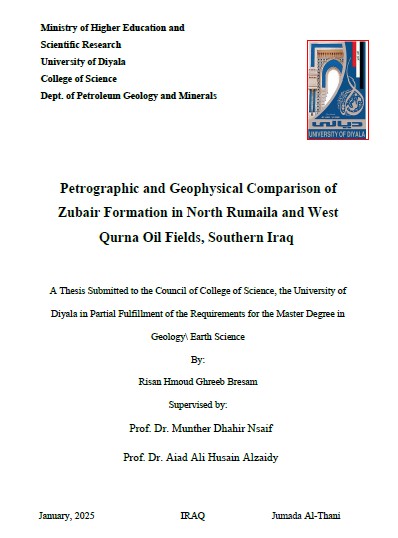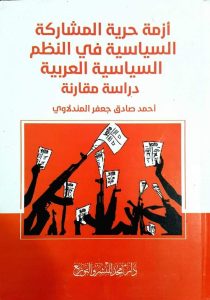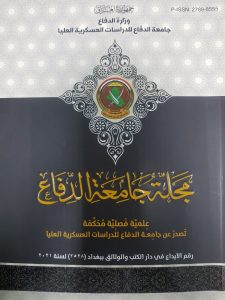Abstract
Zubair Formation was studied in West Qurna and Rumaila oilfields in Basra City, southern Iraq, as part of Mesopoamian. The lithology of the formation is primarily sandstone and shale with few limestones, throughout the whole sequence in all studied wells (RU-145, R-25, WQ-1 and WQ-3). These sediments were deposited in fluvio-deltaic environments.
Calcite, quartz and kaolinite authigenic minerals have been identified. Four sandstones lithofacies associations, three shale lithofacies associations and clayey sandstone lithofacies associations are encountered. The main diagenetic features observed include silicification, calcitization, dissolution and replacement, kaolinitization and compaction. Enhancement of secondary porosity due to dissolution of feldspars, carbonate cements occurred early in eodiagenesis and in response to progressive burial.
The results of petrophysical analysis of the available log data indicate that the Zubair Formation can be divided into three zones. the upper zone is composed of dominate shale layer with thin lenses of sand, the middle zone is dominate clean sand to silty sand layer with shale, while the third zone is dominated shale layer , also there are a small amount of limestone in different zone. The shale volume and carbonate minerals content increased toward West Qurna oil field in comparison to Rumaila oil field. The enhancement of petrophysical properties was toward Rumaila oil field in comparison to West Qurna oil field. The middle zone of the Zubair Formation indicate the main pay zone in the studied wells, and it Composed of three reservoir units (ZM 1,ZM 2 and ZM3 ) separated by to impermeable with variable thickness barrier zones (B1 and B2). In well WQ3 the two barrier zone has higher thickens and merge to be one zone and therefore showed two reservoir units ZM 1and Zm 3. The final results of interpretation revealed that the Zubair Formation is producible oil in Rumaila field especially in RU-145, because high effective porosity and hydrocarbon saturation. Conversely, in West Qurna wells it is non-producible, due to high water saturation and increased of shale content which effect porosity and permeability.




